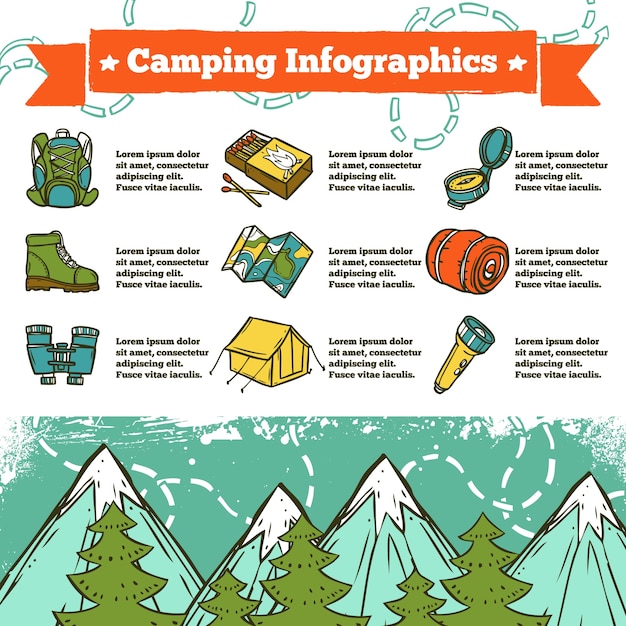An outdoor tents without person lines is prone to breaking down or being surprised in windy conditions. By attaching to designated loopholes or add-on factors, and after that linking to anchor points like rocks, trees, or tent risks, individual lines supply extra support beyond what is provided by a sanctuary's inner structure and camping tent poles.
Tent Security
Outdoor tents security is vital for event safety and a comfy experience. A secure camping tent can endure harsh weather conditions, consisting of high winds, rainfall, and snow without risk of damage or collapse.
The sort of framework and canopy products made use of can affect tent security. Century post camping tents, which rely on a solitary main pole for assistance, are a lot more vulnerable to high wind speeds than structure camping tents. Frame outdoors tents include a grid-like system of aluminum or steel beams that work together to support the structure, sharing the tons so nobody part takes all the stress.
To maintain a camping tent, the first step is to affix person lines to the tent's individual out loopholes. Use a reliable knot, like a bowline or clove drawback, to connect the line to the support factor, and ensure it is taut however not too limited. This will protect against damaging the tent material or straining the posts, while distributing stress evenly.
Wind Security
In wind power, atmospheric security is a vital factor for exact estimates of wind rates at different elevations. Several approaches to identify the upright profile of the wind demand to take this characteristic right into account. Overlooking it can bring about unreliable outcomes, leading to overstated energy distribution rates or less than expected performance.
Weather vary according to the website location and climate phenomena happening back then. For instance, dominating wind shear depends upon the kind of weather existing, such as a steady or unstable ambience, or a layering of air masses with various temperature structures, advertising instability or security.
At the study site, an analysis was performed to get the distribution of atmospheric security specifications at two elevations (20 m and 50 m). Figure 8d reveals that shear worths are much more distributed and have a tendency to be higher in unpredictable weather. This confirms the diurnal actions of these specifications in a predominantly unpredictable environment.
Weather Security
While weather applications and WX SMARTS posts tend to concentrate on fronts, systems, and thunderstorms, atmospheric security is less-talked about, yet it's ingrained in everything from wind gusts and clouds to vertical updrafts and downdrafts. Security is simply specified as the capability of an atmosphere to shoulder bag reply to vertical activity. Therefore, meteorologists evaluating upper-air monitorings use a convenient chart called the Skew-T representation that illustrates the air's action to upright displacement, with security states categorized as secure, neutral or unstable. Certainly, the above summary is simple; there are lots of aspects that influence security, such as upright wind shear and latent heat release during condensation. These processes alter the environmental lapse rate and influence buoyancy, updrafts and downdrafts, and cloud development in intricate means.
